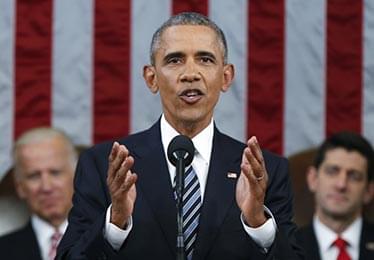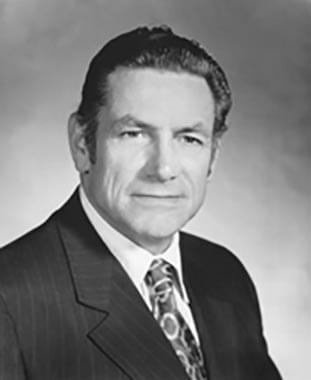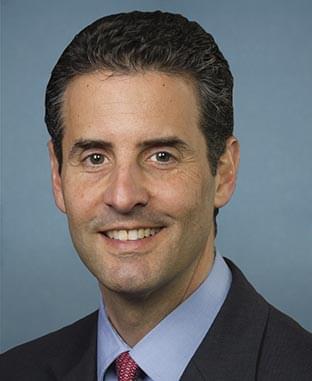Since 1977, three Democrats have been president of the United States: Carter, Clinton and Obama. Each of these men faced a different substance abuse climate characterized by unique drug epidemics during their presidential era. The policies and decisions enacted during their presidential terms shaped the way Americans perceive drug addiction today.
Jimmy Carter
In the first year of his presidential term, Carter outlined a plan to congress to combat the growing drug abuse epidemic. He identified key prevention efforts for the United States to focus on, including international cooperation, research and treatment.
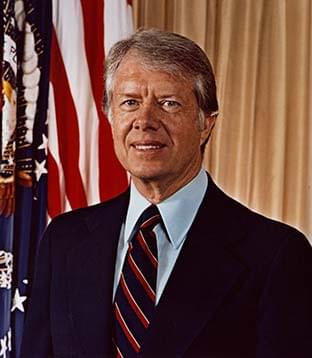
President Jimmy Carter outlined a plan in the first year of his term to combat the drug abuse epidemic.
“We can no longer concern ourselves merely with keeping illicit drugs out of the United States, but we must join with other nations to deal with this global problem by combating drug traffickers and sharing our knowledge and resources to help treat addiction wherever it occurs,” Carter said in a message to Congress.
Carter said it was time to shift the focus of government drug prevention efforts from all substances to the most harmful substances to Americans.
“Since
heroin, barbiturates and other sedative-hypnotic drugs account for 90 percent of the deaths from drug abuse, they should receive our principal emphasis,” said Carter.
Carter’s Six-Point Plan for Drug Abuse
International Cooperation
Carter’s plan called for greater cooperation between the United States and countries where the majority of drugs that enter the United States originate, such as Thailand, Colombia and Mexico. He also promoted greater intelligence sharing, sharing expertise of drug treatment between foreign governments and greater financial and employment stability in drug-producing countries.
Law Enforcement
The plan called for more law enforcement attention on drug-trafficking organizations and individuals, greater allocation of resources to stopping drug traffickers and increased financial penalties for drug violators.
Decriminalization of Marijuana
Carter supported decriminalizing marijuana. He did not support
marijuana legalization but felt very strongly that we shouldn’t define someone who uses marijuana as a criminal.
“Penalties against possession of a drug should not be more damaging to an individual than the use of the drug itself; and where they are, they should be changed,” Carter said in his message to Congress.
He also supported legislation that would eliminate all federal criminal penalties for possession of one ounce or less of marijuana.
Drug Treatment
The administration’s primary goal regarding substance abuse was to “widen the scope and improve the effectiveness of federal drug treatment programs.” This meant rehabilitation treatment would continue past the immediate effects of drugs and include job training to help individuals with substance use disorders reintegrate into society.
Drug Research
Carter called for federal research into alcohol, tobacco and a variety of other drugs to reach a better understanding of addiction.
Administrative Action
The plan also outlined changes in federal regulations, administrative practices and enforcement to enact realistic drug abuse reform. Carter called for greater government focus on drug abuse. He aimed to prevent the use of barbiturates, in particular, and to re-examine the medical effectiveness of
frequently abused prescription drugs.
Under the Carter administration, the availability of heroin in the United States declined by 44 percent, and heroin-related injuries declined by 50 percent.
Carter’s wife, Rosalynn Carter, and former first lady Betty Ford were key advocates for substance abuse treatment and helped bring addiction and substance abuse to the forefront of the American public.
Kath Delaney is founder and principal of Madera Group, a social change agency that works to advance public policy and advocate for social good. She has worked on nine presidential campaigns for Democratic candidates and is an elected delegate for Hillary Clinton’s presidential campaign.
Over her career, Delaney has worked extensively with the Democratic Party on policies regarding substance abuse and disabilities. Delaney is also in recovery from
alcohol addiction with nearly 30 years of sobriety.
To Delaney, Rosalynn Carter and Ford were two of the biggest advocates for mental health and substance abuse prevention during the Carter administration.
“Betty Ford and Rosalynn Carter, two first ladies, had an instrumental role in educating the American public in demystifying and destigmatizing addiction, substance abuse and mental health,” Delaney told DrugRehab.com. “I think those women and their husbands did an incredible amount to really legitimize the suffering [Americans with substance use disorders face] and the mainstreaming of treatment.”
The Carters’ battle against substance abuse did not end with Carter’s presidency. In 1982, they founded the Carter Center to advocate for individuals with
mental health and substance abuse disorders.
Bill Clinton
The Bill Clinton administration’s impact on substance abuse is seen both in positive and negative light.
During his presidency, Clinton strengthened drug courts, established drug testing for student athletes and federal offenders, increased anti-drug funding to historic levels and launched Operation Safe Home in order to “protect the law-abiding residents of public housing from violent criminals and drug dealers who use their homes as a base for illegal activities,” according to the 1996 Democratic Party Platform.
During Clinton’s first presidential term, the number of Americans who used cocaine decreased 30 percent. However, casual
drug use among teens and young people increased.
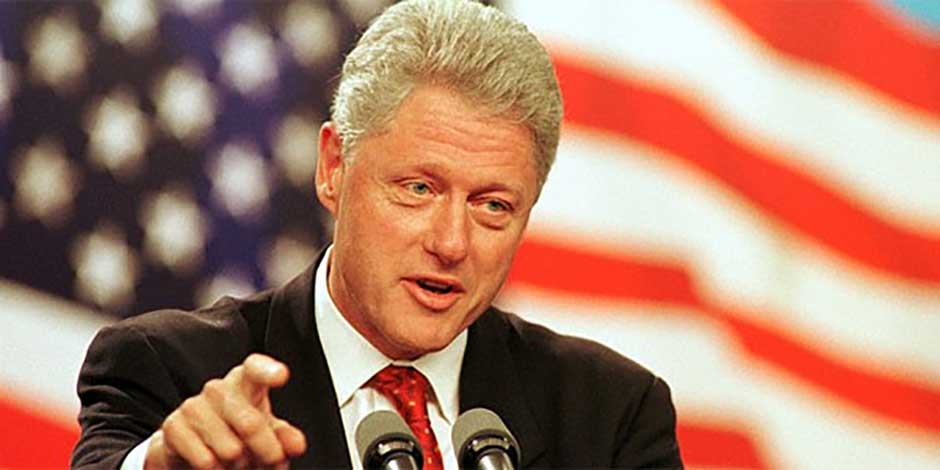
President Bill Clinton’s administration had both positive and negative outcomes for substance abuse.
In 1994, Clinton signed the Violent Crime Control and Law Enforcement Act into law, which established the death penalty for drug kingpins and increased efforts to reduce crime in the United States. It also introduced a “three strikes” rule that gave mandatory life sentences to repeat offenders of serious violent crimes on their third conviction.
“We had administrations, Democratic and Republican, that put a lot of those folks in jail, and now we realize in retrospect that maybe that wasn’t the right thing to do,” said Delaney.
Critics of the law claimed it was too harsh and incentivized law enforcement to arrest people.
Former Rep. Tony Coelho, D-Calif., who served in the House from 1979 to 1989 and sponsored the Americans with Disabilities Act of 1990, says Clinton’s policy toward drug abuse was not as progressive as it could have been, but there were still major addiction treatment accomplishments during his presidency.
“Clinton wasn’t totally there to begin with but kept moving it as he went along,” Coelho told DrugRehab.com in regard to Clinton’s substance abuse policies. “What Clinton was able to do was to get insurance companies to support drug treatments for rehab.”
Clinton passed the Mental Health Parity Act of 1996, which prohibited group health plans and insurers from imposing annual or lifetime dollar limits on mental health benefits that are more restrictive than the limits for medical or surgical benefits they provide. This proved to be the foundation of the Mental Health and Parity and Addiction Equity Act of 2008, which expanded on the Mental Health Parity Act by extending the same protections to substance abuse care benefits.
Barack Obama

President Barack Obama has embraced rehabilitation over incarceration.
During his presidency, Obama has taken arguably the most progressive stance on substance abuse of any president in history, fully embracing rehabilitation over incarceration.
The Obama administration made it a priority to reduce
the stigma of addiction and to educate the public that substance addiction is a disease, not a moral deficiency.
Throughout his presidency, Obama stressed that prevention is the most cost-effective way to combat drug addiction. He also recognized that prevention starts locally and must encompass all areas of the community, every age group and every demographic.
Each community deals with challenges specific to its area, which need to be addressed on a unique basis. The Obama administration worked to empower local communities to take on prevention efforts by providing funding and support to law enforcement and prevention organizations.
Obama also sought improvements in Americans’ ability to identify substance use disorders and stage early interventions. Knowing that the earlier an individual starts using substances the more likely they are to develop a substance use disorder later in life, Obama allocated funding and created support programs designed to intervene in situations where young people are at high risk of developing a substance use disorder.
“This disease can touch any American in any community, and my administration has made combatting substance use disorders a priority.”
Obama’s 2010 health care law had a massive impact on substance abuse treatment. The Affordable Care Act (ACA), also known as “Obamacare,” enacted reforms that made health insurance more widely available, lowered health care costs, widened the scope of available health services and enhanced the quality of care for all Americans.
The ACA includes substance use disorders as one of the ten elements of essential health benefits, and it requires coverage for addiction treatment under plans sold on health insurance exchanges or provided by Medicaid.
As a result, millions of Americans gained access to substance use disorder treatment,
counseling, intervention services and mental health services for the first time.
“This disease can touch any American in any community, and my administration has made combatting substance use disorders a priority,” Obama said in a presidential proclamation that named September 2016 National Alcohol and Drug Addiction Recovery Month. “Under the Affordable Care Act, insurance companies must now cover substance use disorder services as essential health benefits.”
The extended care for substance use disorders included greater access to
medication-assisted treatments such as naltrexone, a medication that blocks opioid euphoria among users, and naloxone, an opioid overdose antidote.
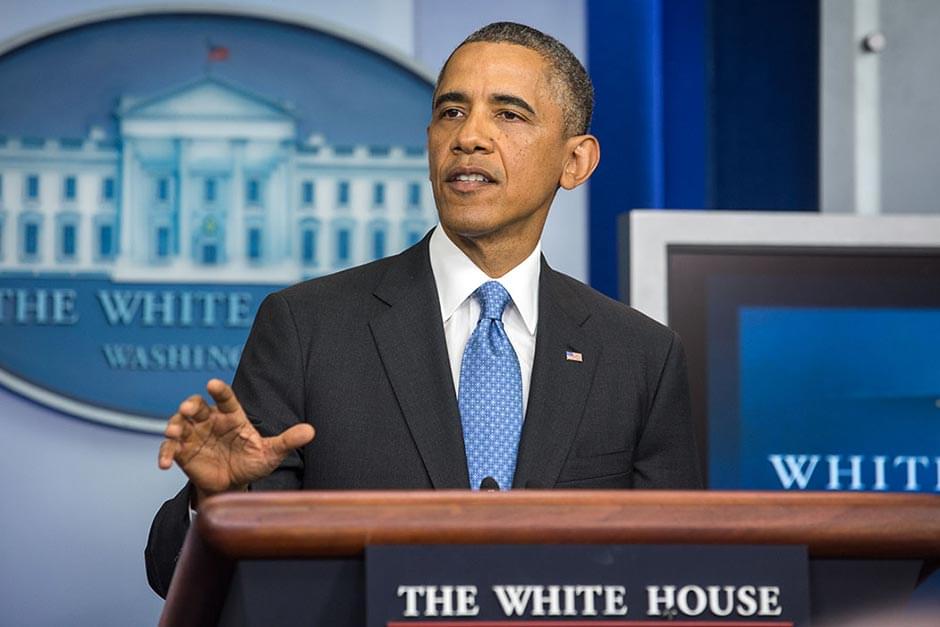
President Barack Obama proclaiming September 2016 National Alcohol and Drug Addiction Recovery Month.
Obama also passed the Fair Sentencing Act of 2010 to reduce racial disparities in sentencing for drug crimes. The Fair Sentencing Act aimed to reduce jail time and criminal penalties for nonviolent drug offenders and ultimately alleviate the rate of incarceration, particularly in communities of color.
The overall goal of this legislation is to strengthen communities and families that would have fathers, mothers or family members behind bars due to drug offenses under existing drug laws. Studies from researchers across the United States show that the most effective substance abuse deterrent is to have a parent highly involved in a child’s life.
Obama also looked to make up for the damage already caused by outdated drug policies.
As of Aug. 30, 2016, Obama has commuted the sentences of 673 inmates in an effort to give a second chance to nonviolent drug offenders.
“As successful as we’ve been in reducing crime in this country, the extraordinary rate of incarceration of nonviolent offenders has created its own set of problems that are devastating,” Obama said during a news conference in August.
“Entire communities have been ravaged where largely men, but some women, are taken out of those communities,” he said. “Kids are now growing up without parents. It perpetuates a cycle of poverty and disorder in their lives. It is disproportionately young men of color that are being arrested at higher rates, charged and convicted at higher rates, and imprisoned for longer sentences.”
Nearly a third of the 673 commutations were for individuals serving life sentences.
 Addiction
Addiction
 Treatment
Treatment
 Faith & Religion
Faith & Religion
 Active Recovery
Active Recovery
 Our Community
Our Community

